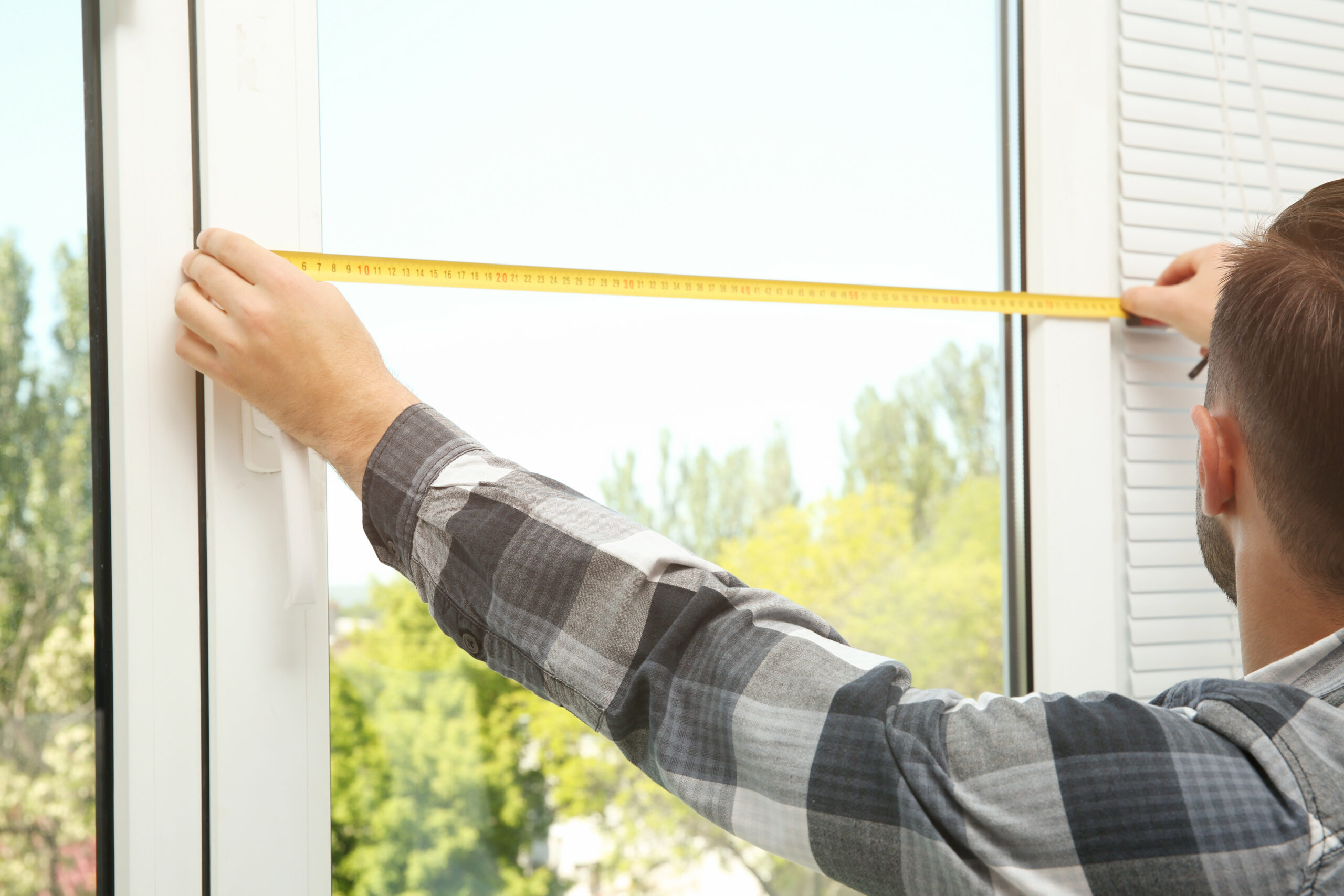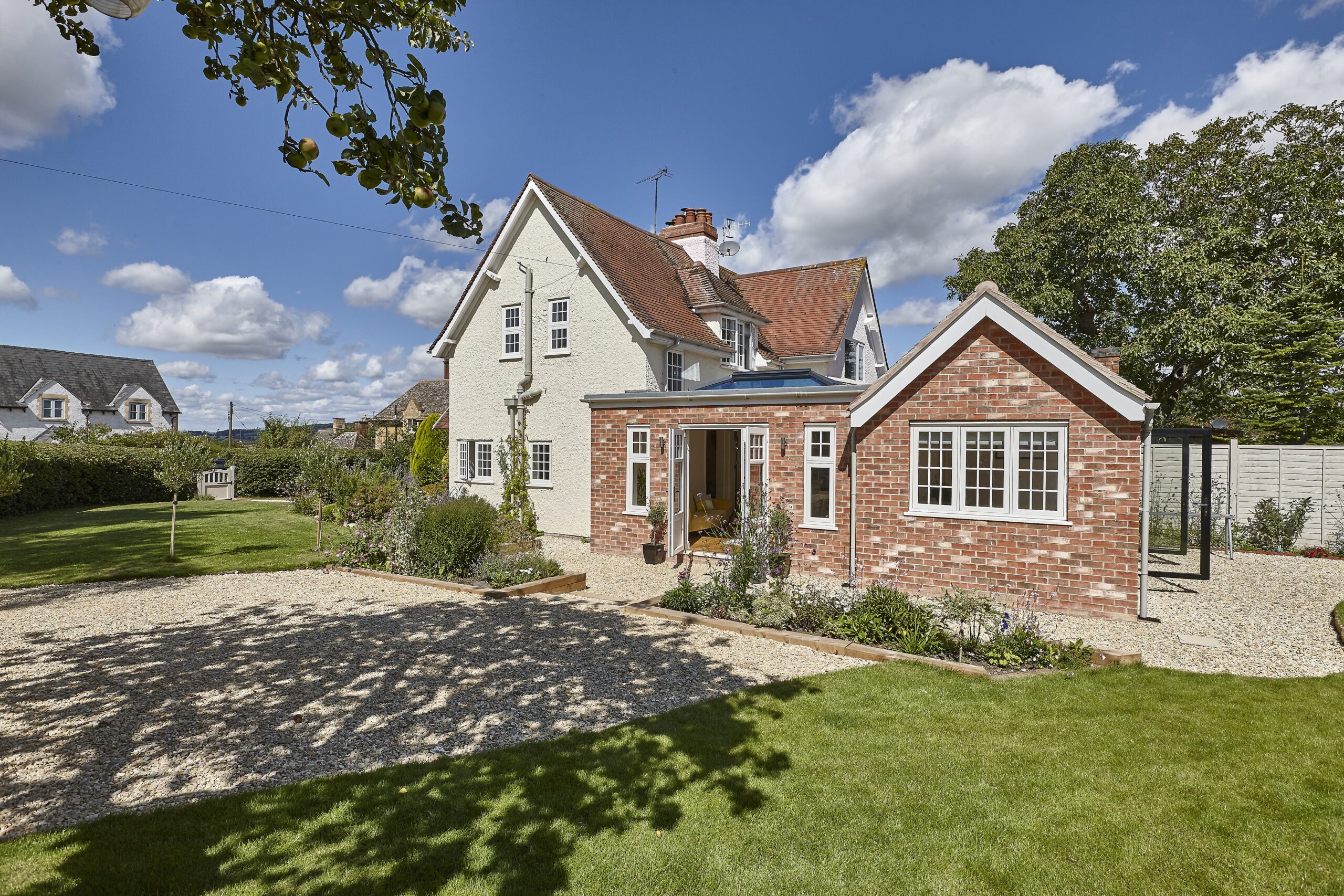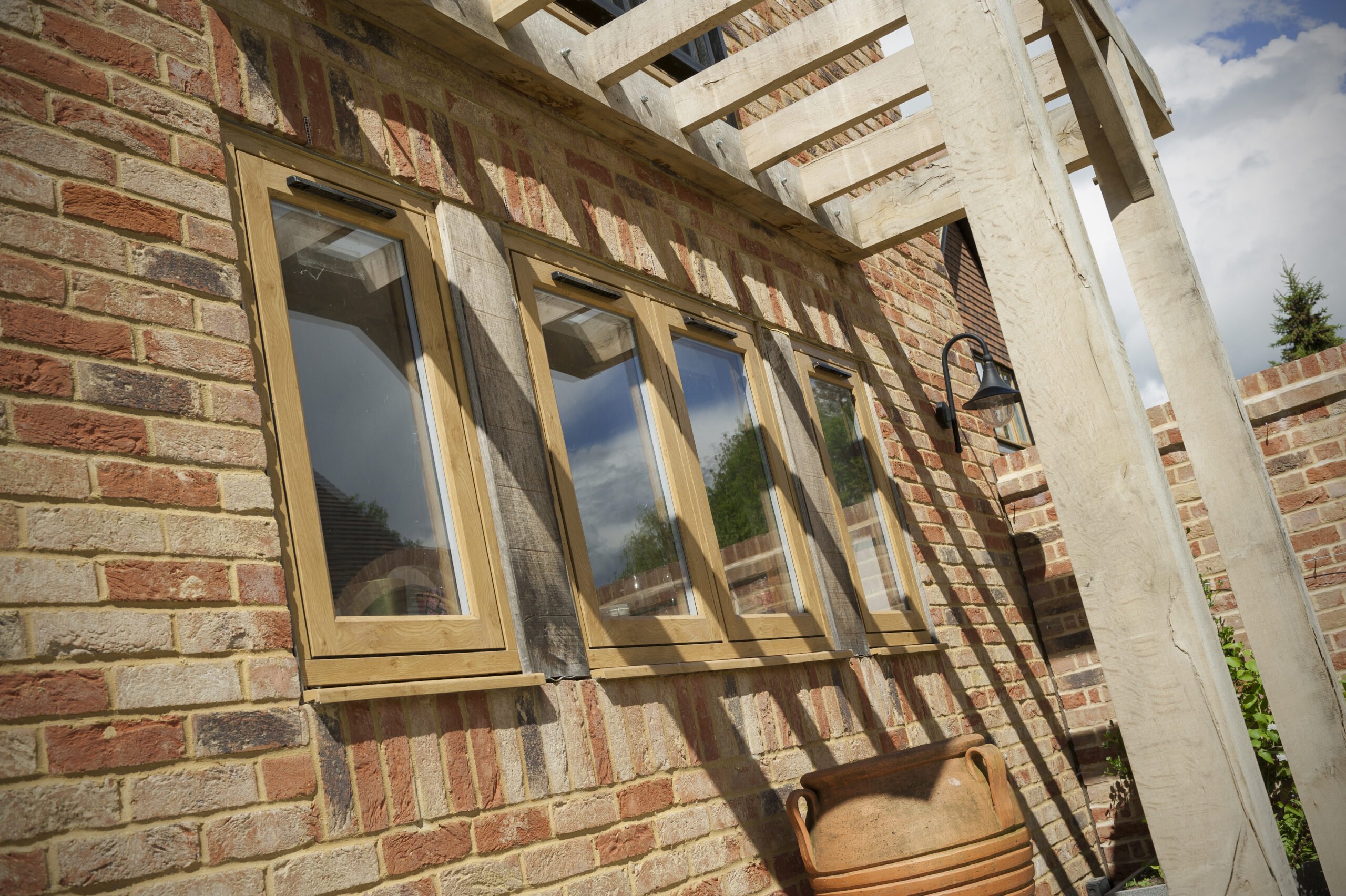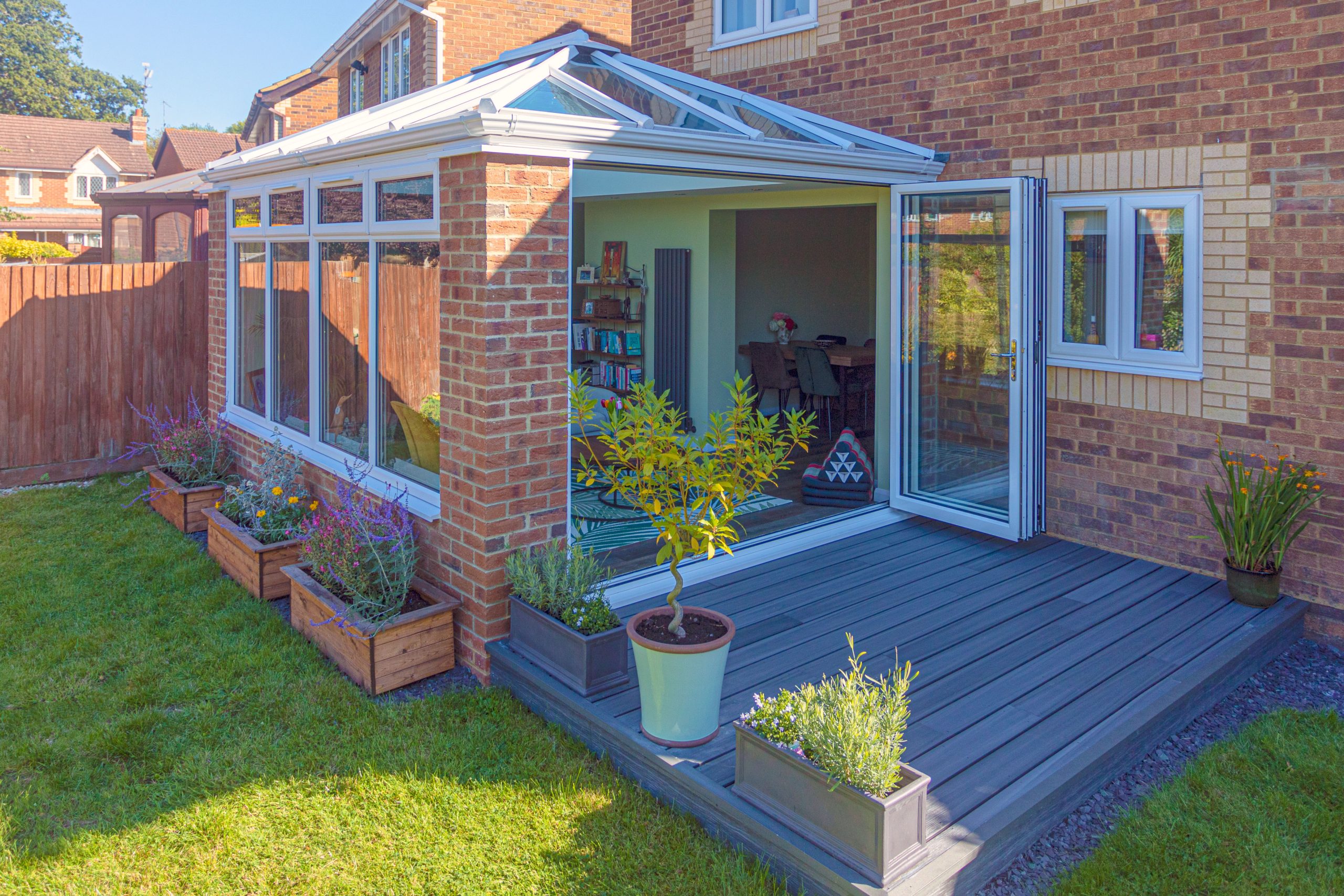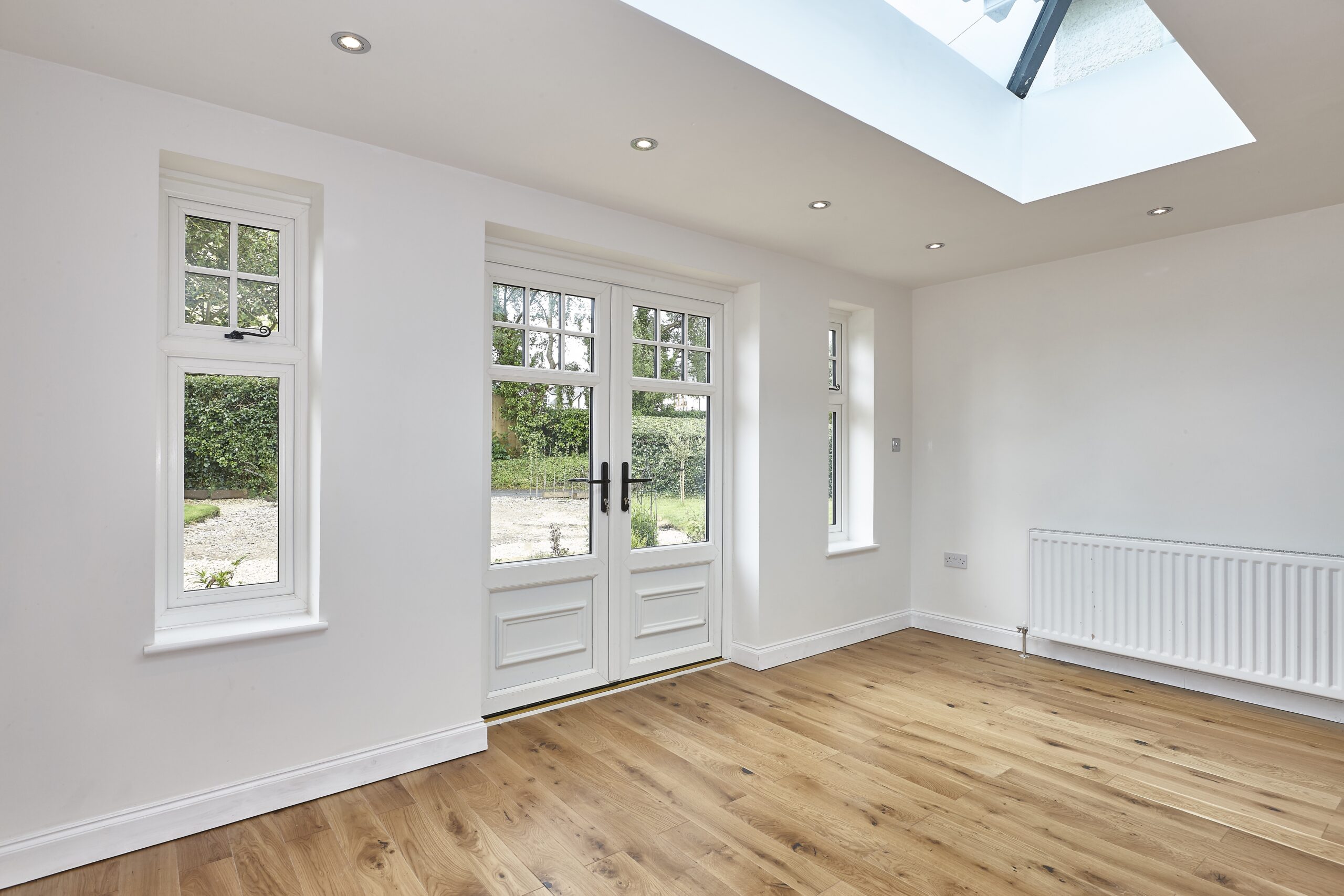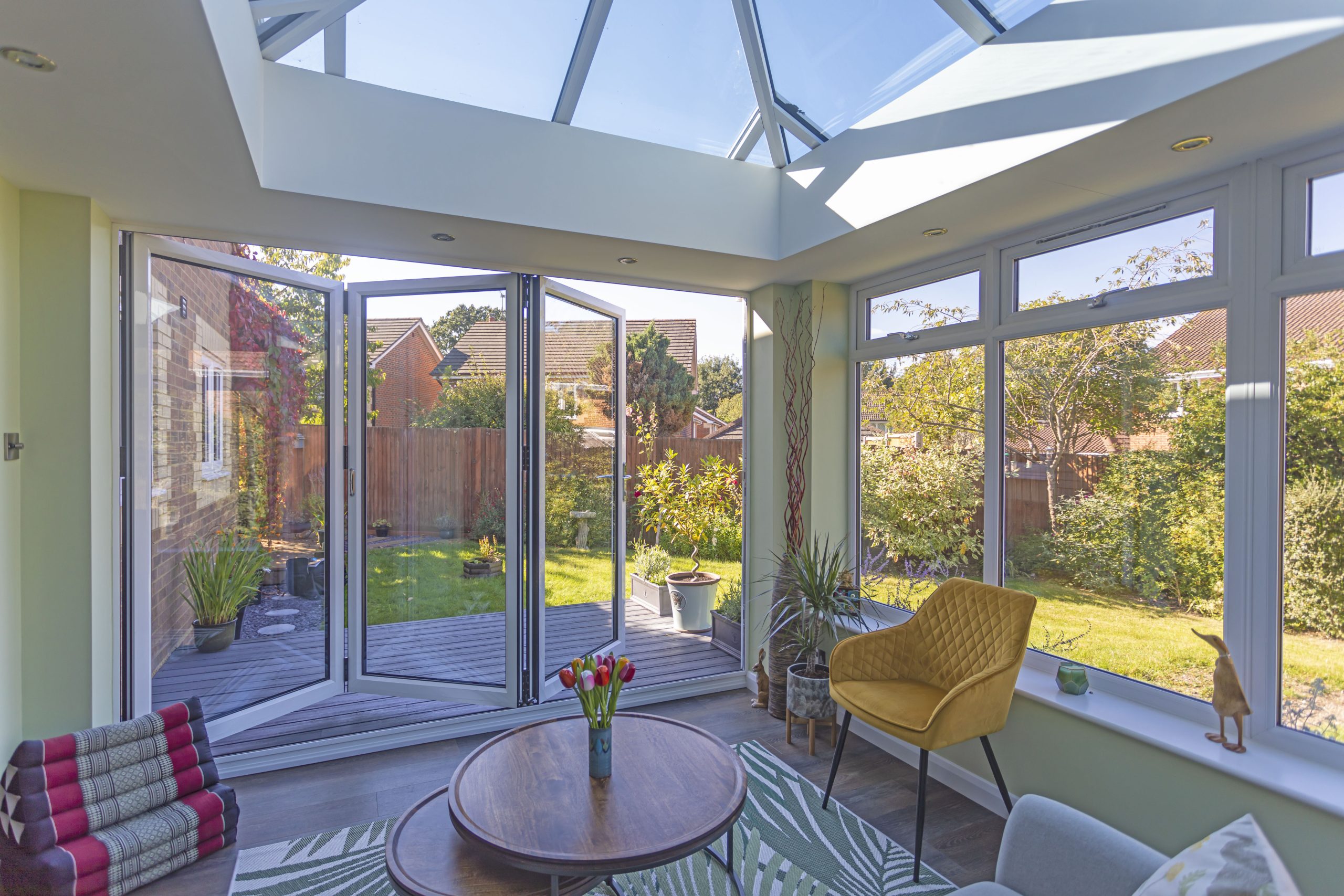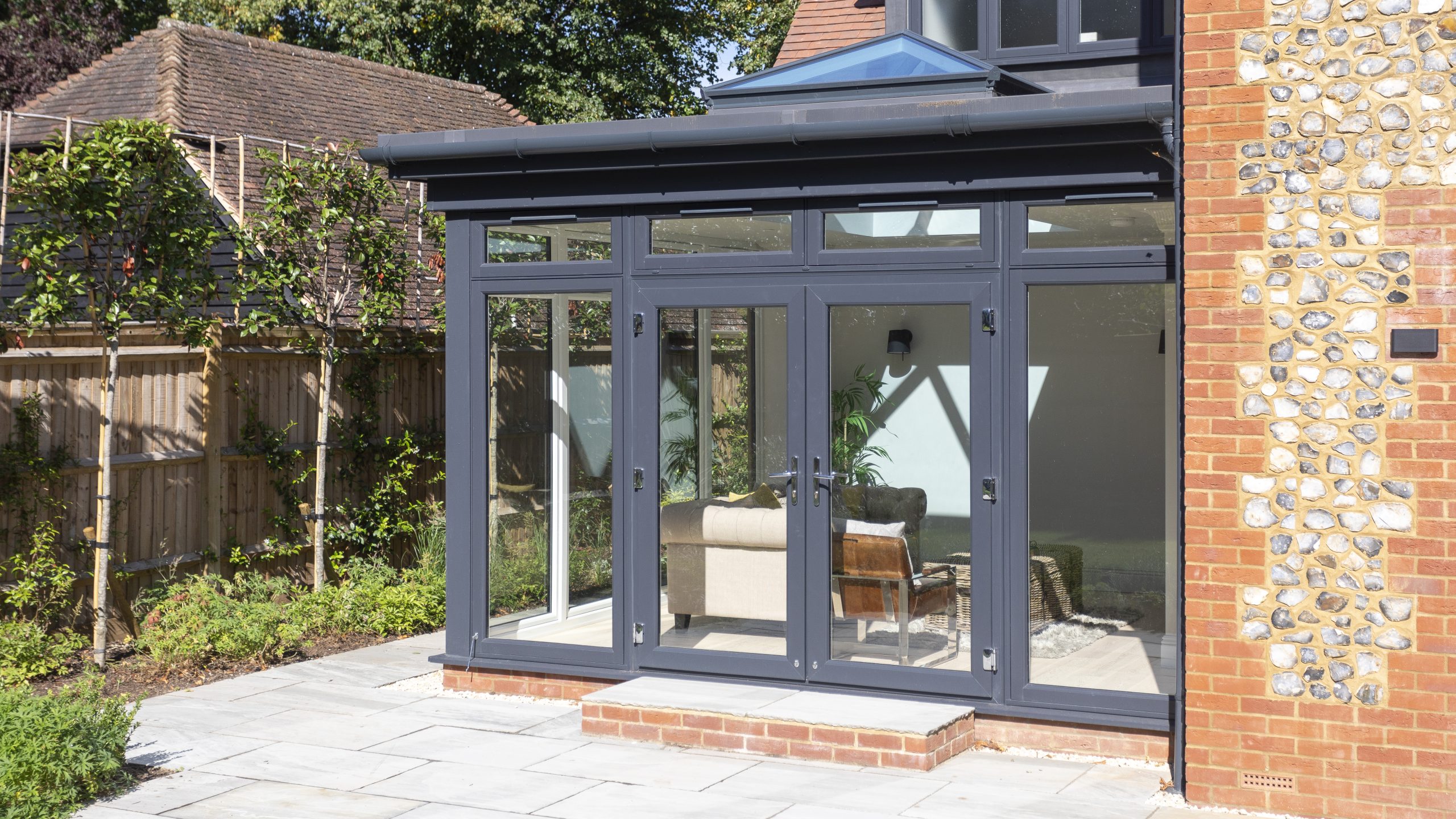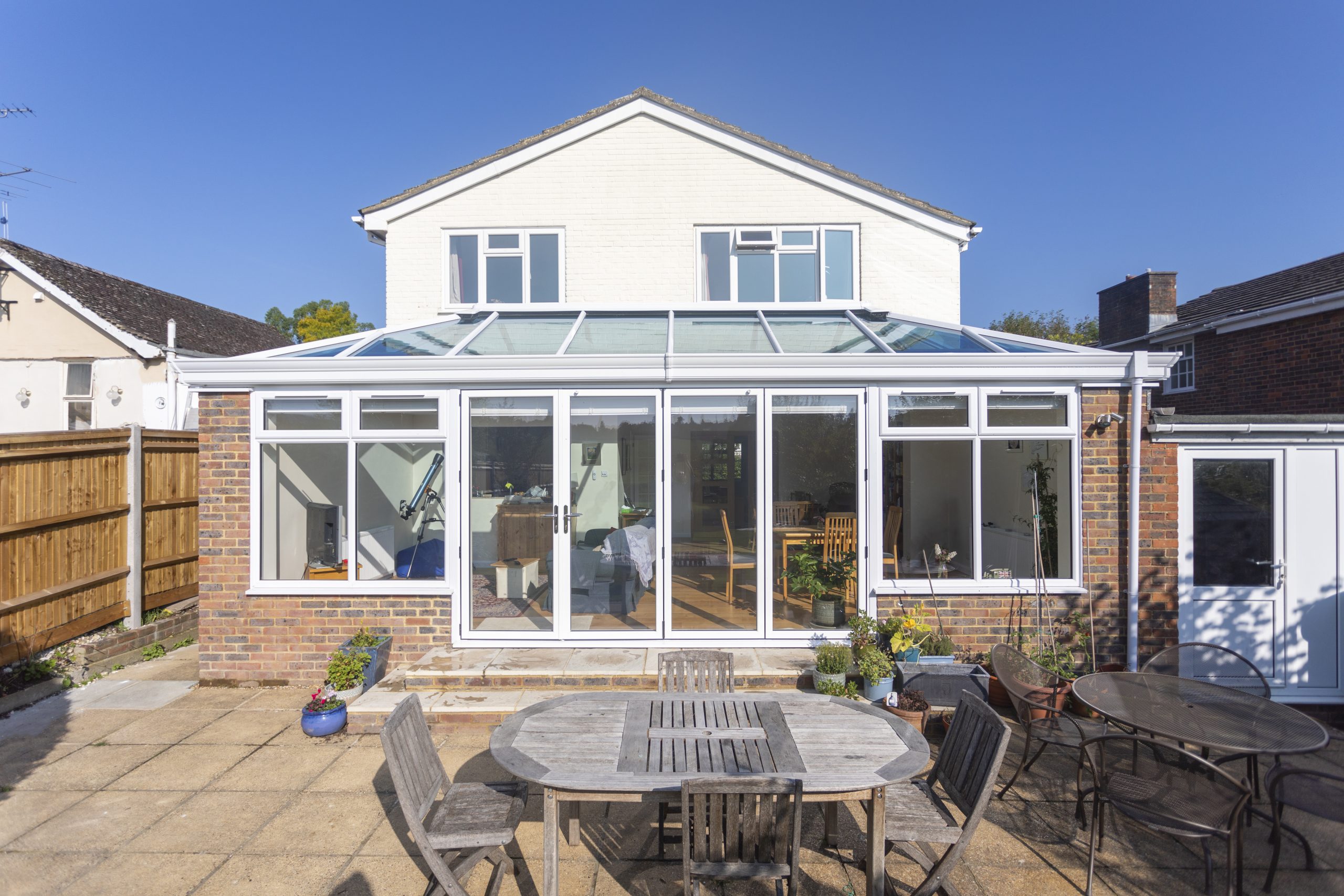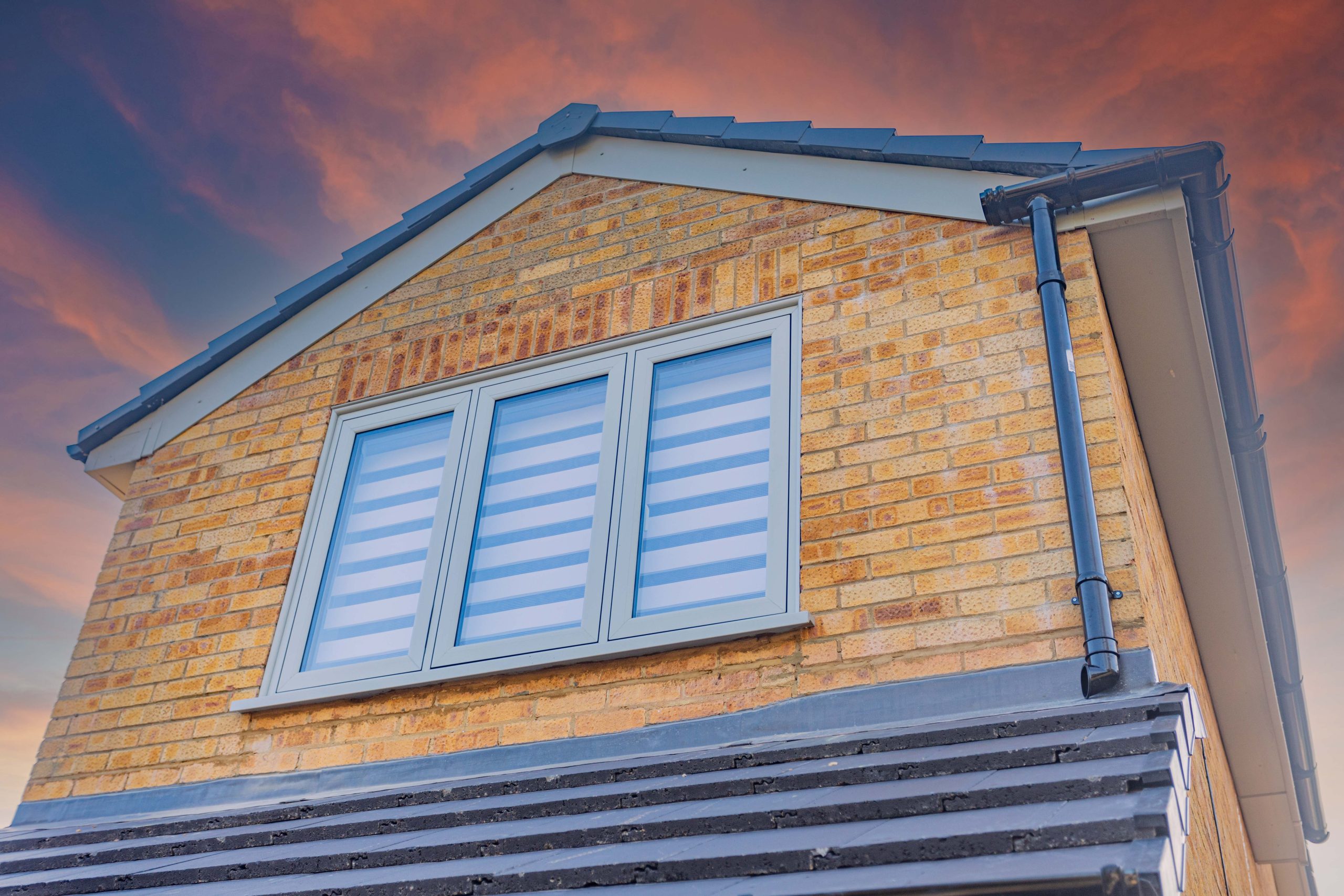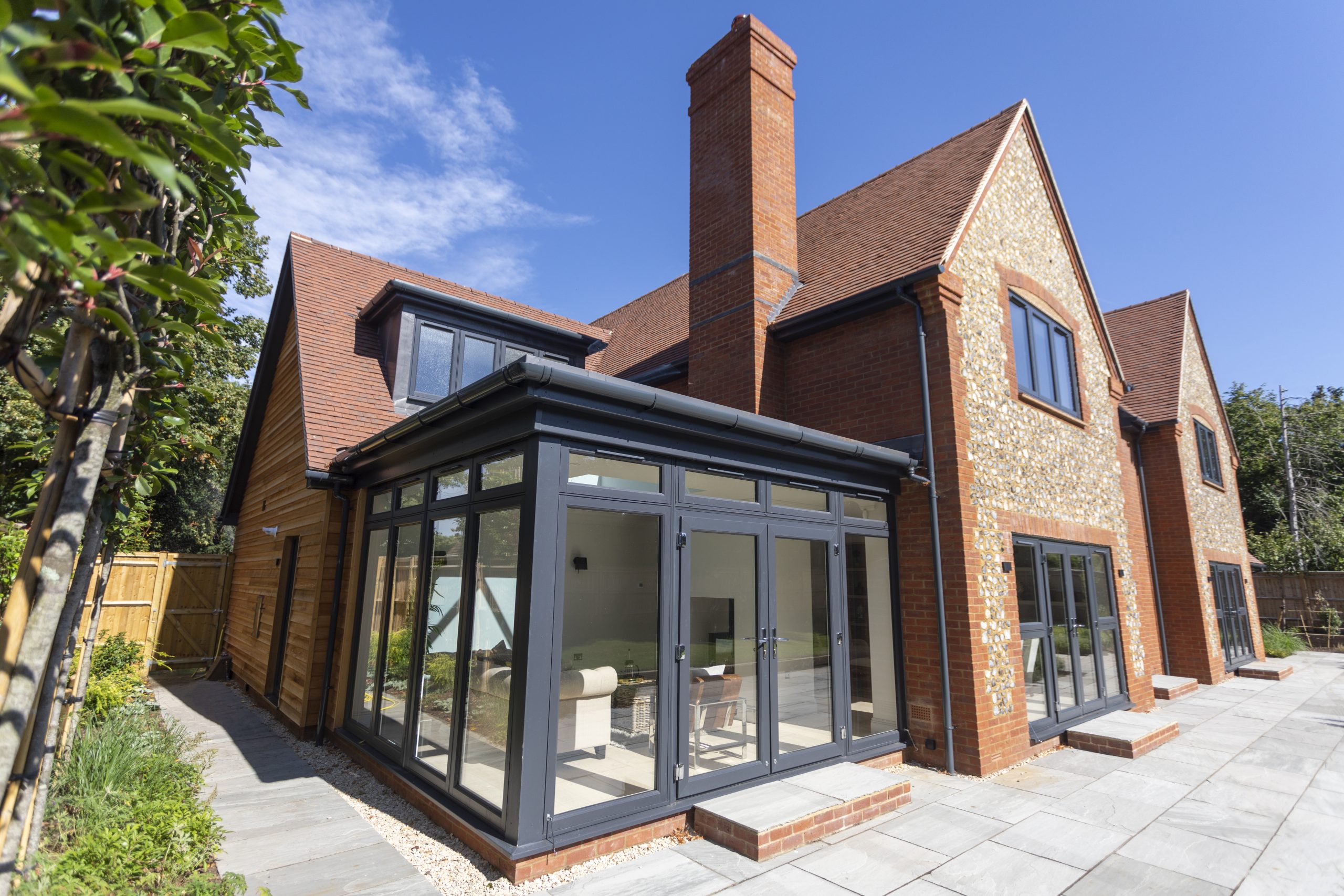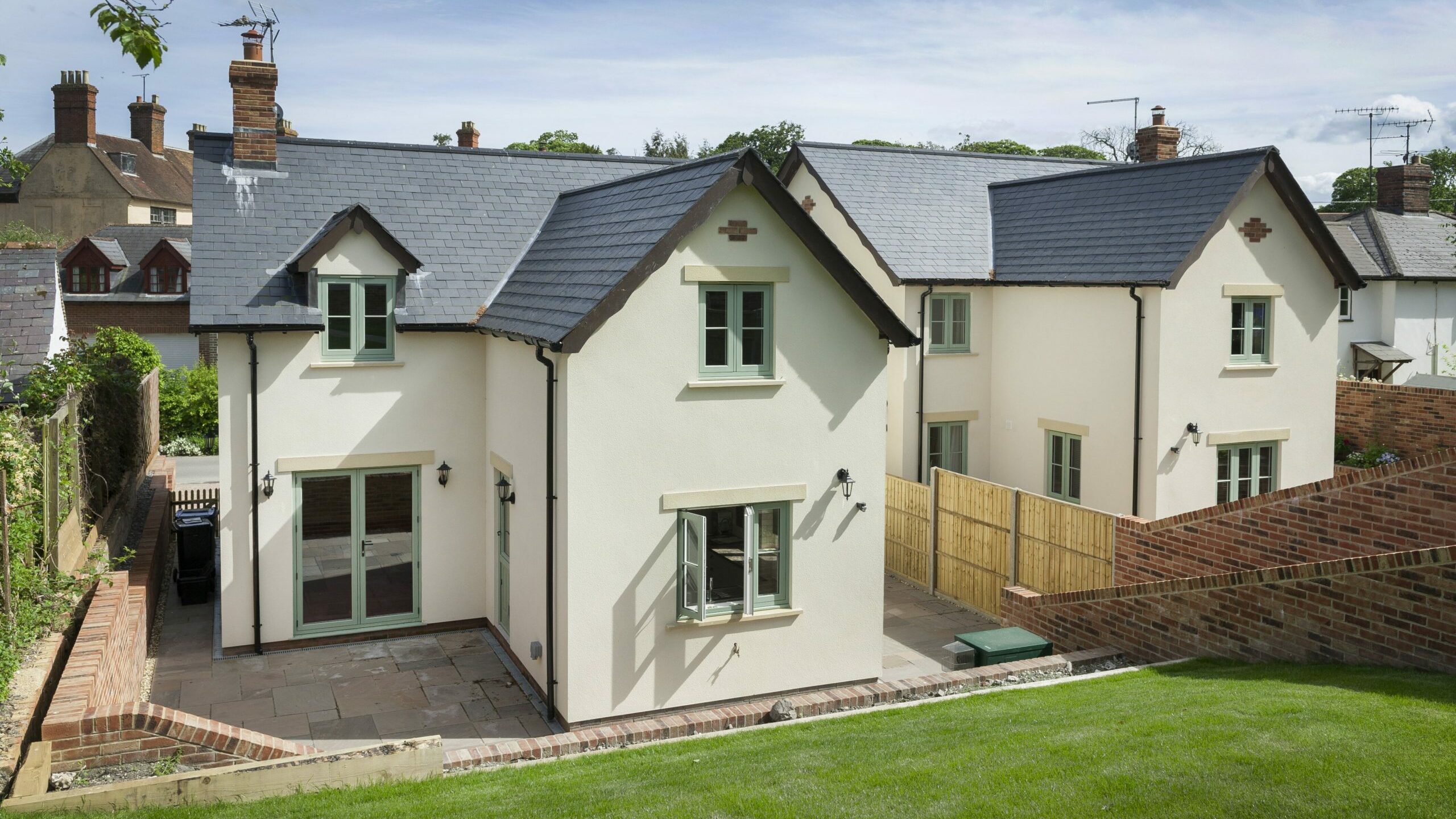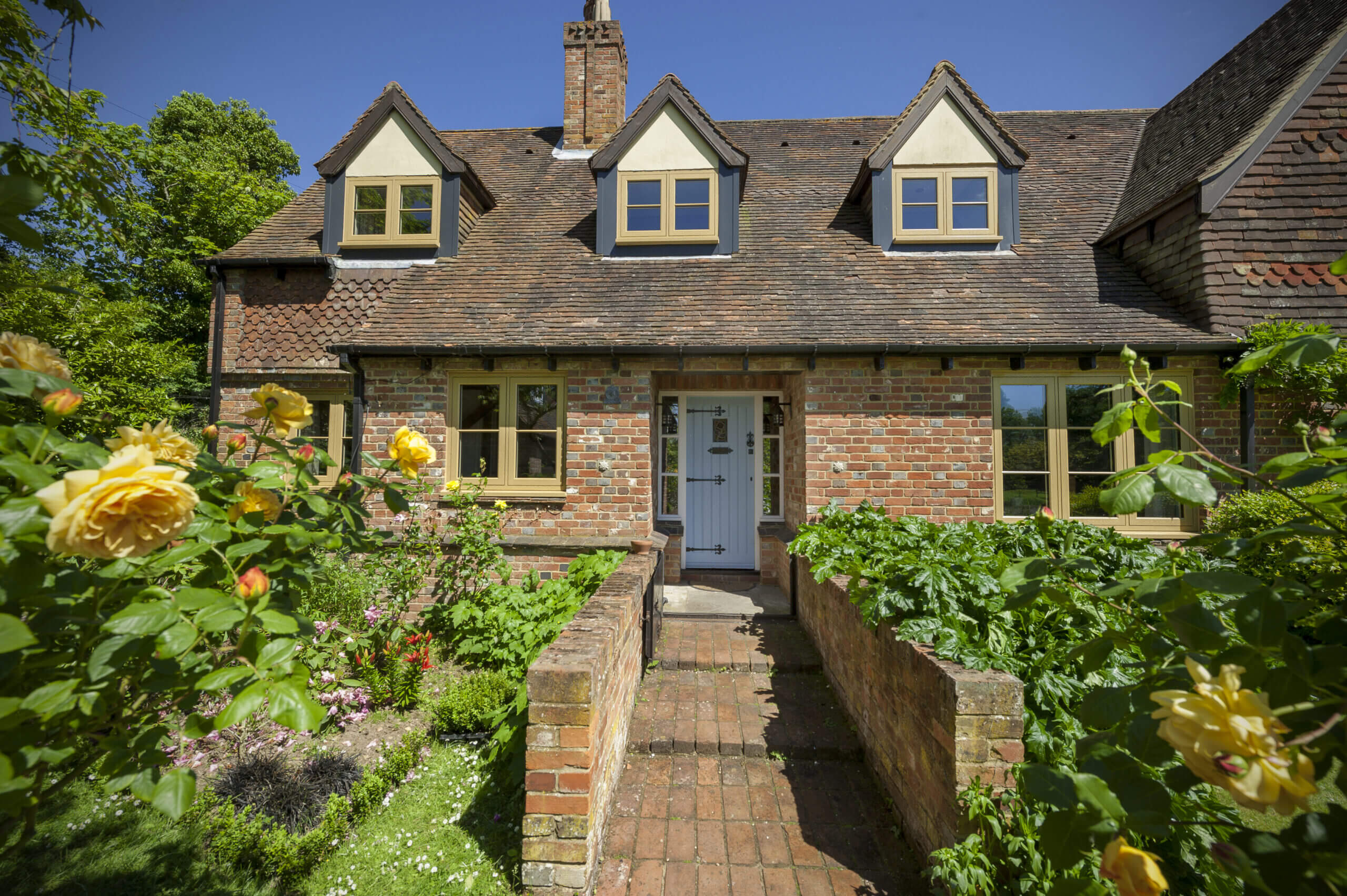THE DIFFERENCES BETWEEN EXTENSIONS, CONSERVATORIES AND ORANGERIES
When looking to extend their property, homeowners have a number of different extension options to choose from nowadays and aside from a classic single-storey extension, you can also install a conservatory or an orangery too. There is no denying that all of these options have numerous benefits to them and they’re all brilliant to install, but not all homeowners are actually aware of what the differences between them are. Whilst a single-storey extension is fairly self-explanatory and many know exactly what this is, things are as clear when it comes to conservatories and orangeries. If you’re considering extending your property and you’re unsure which option will be best to opt for, keep reading today. Below we have looked into both conservatories and orangeries in more detail and we have explored the differences between all three extension options.









